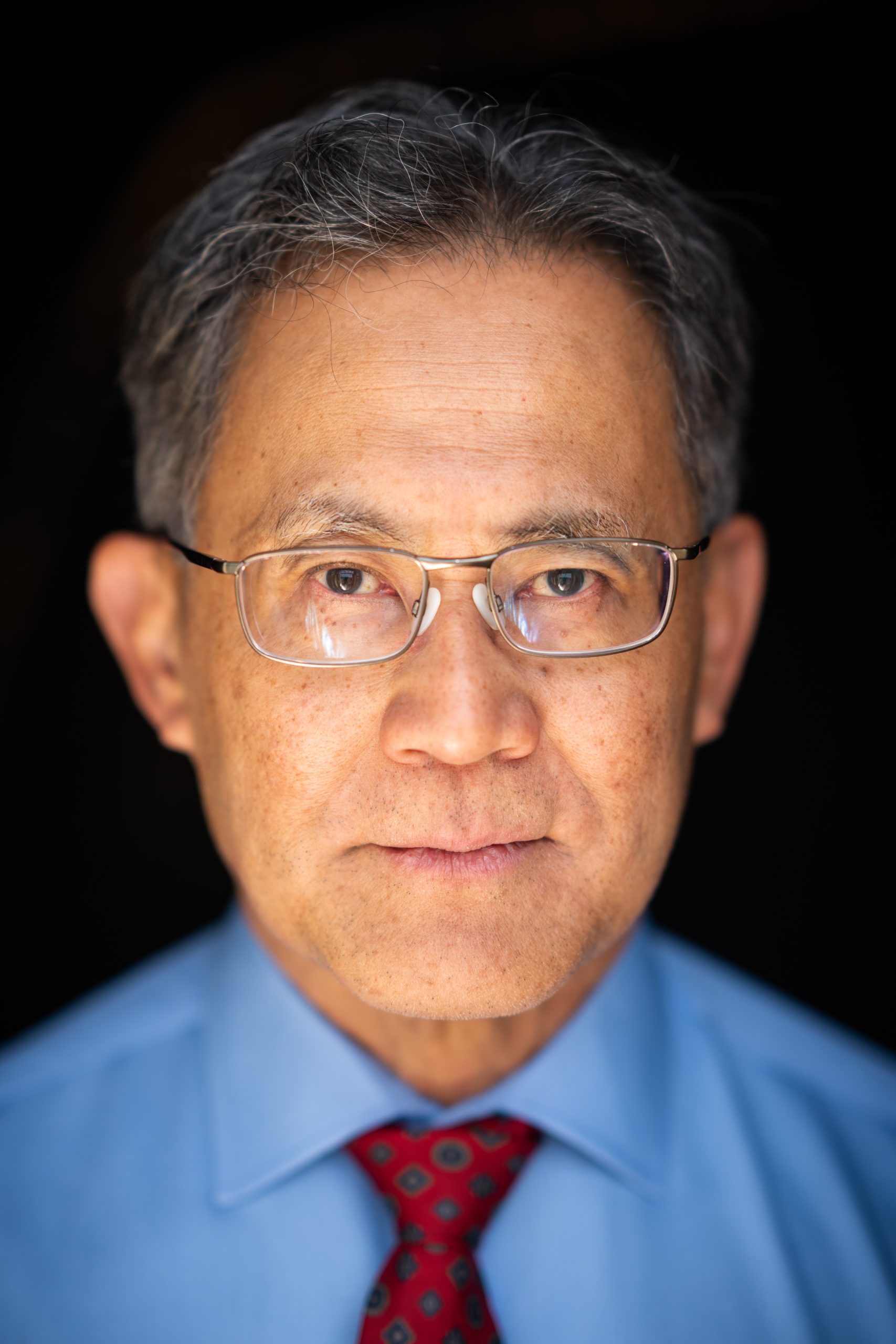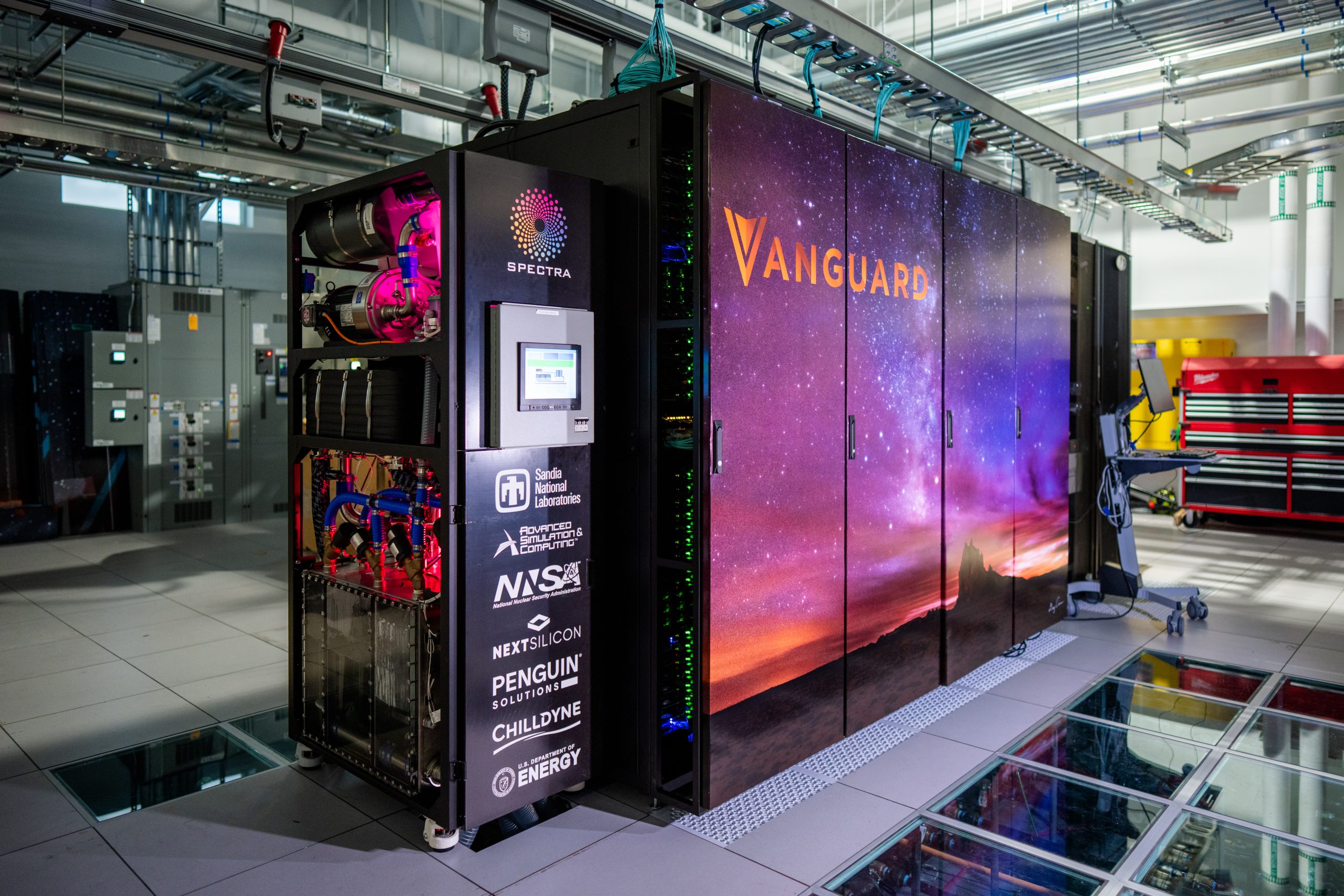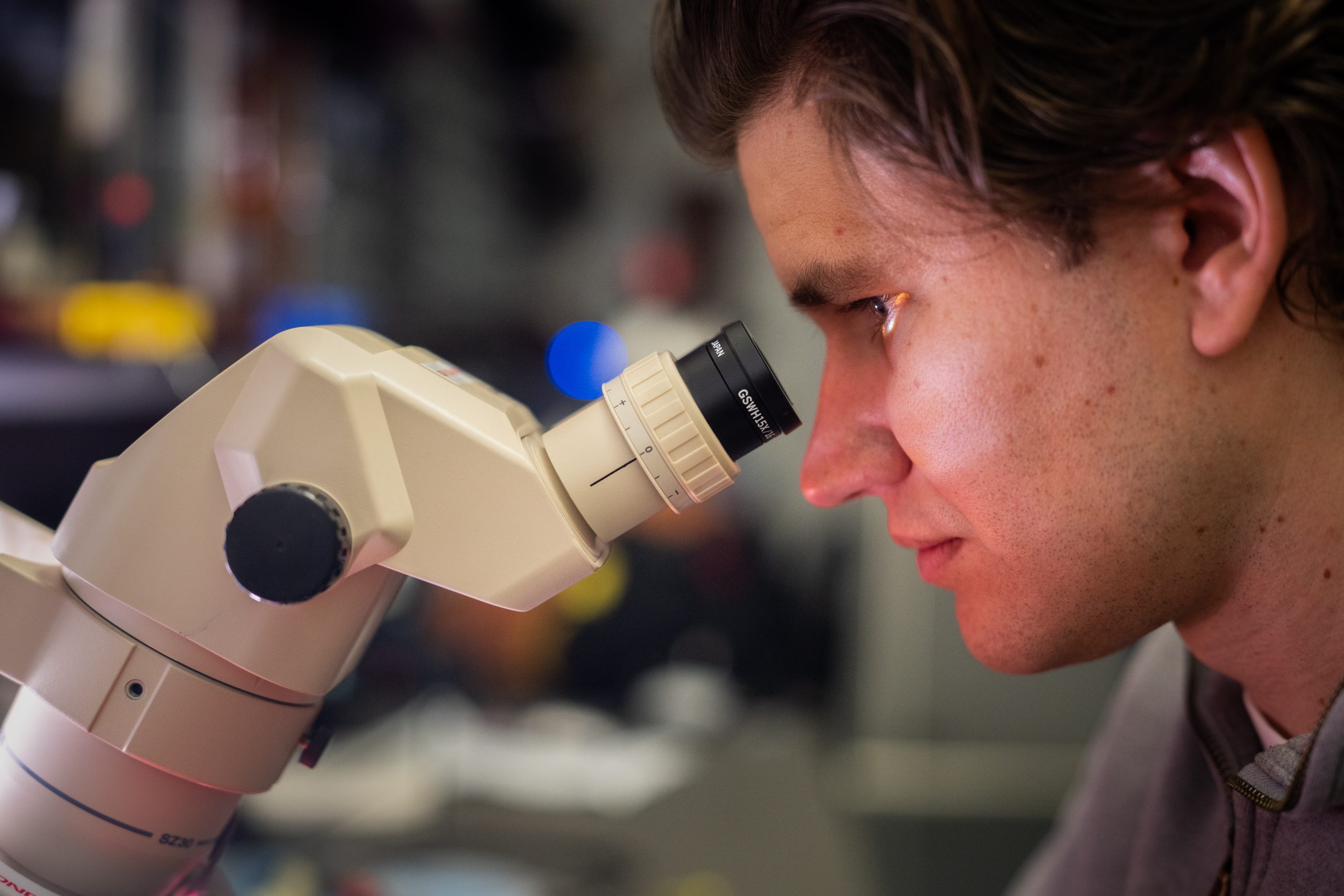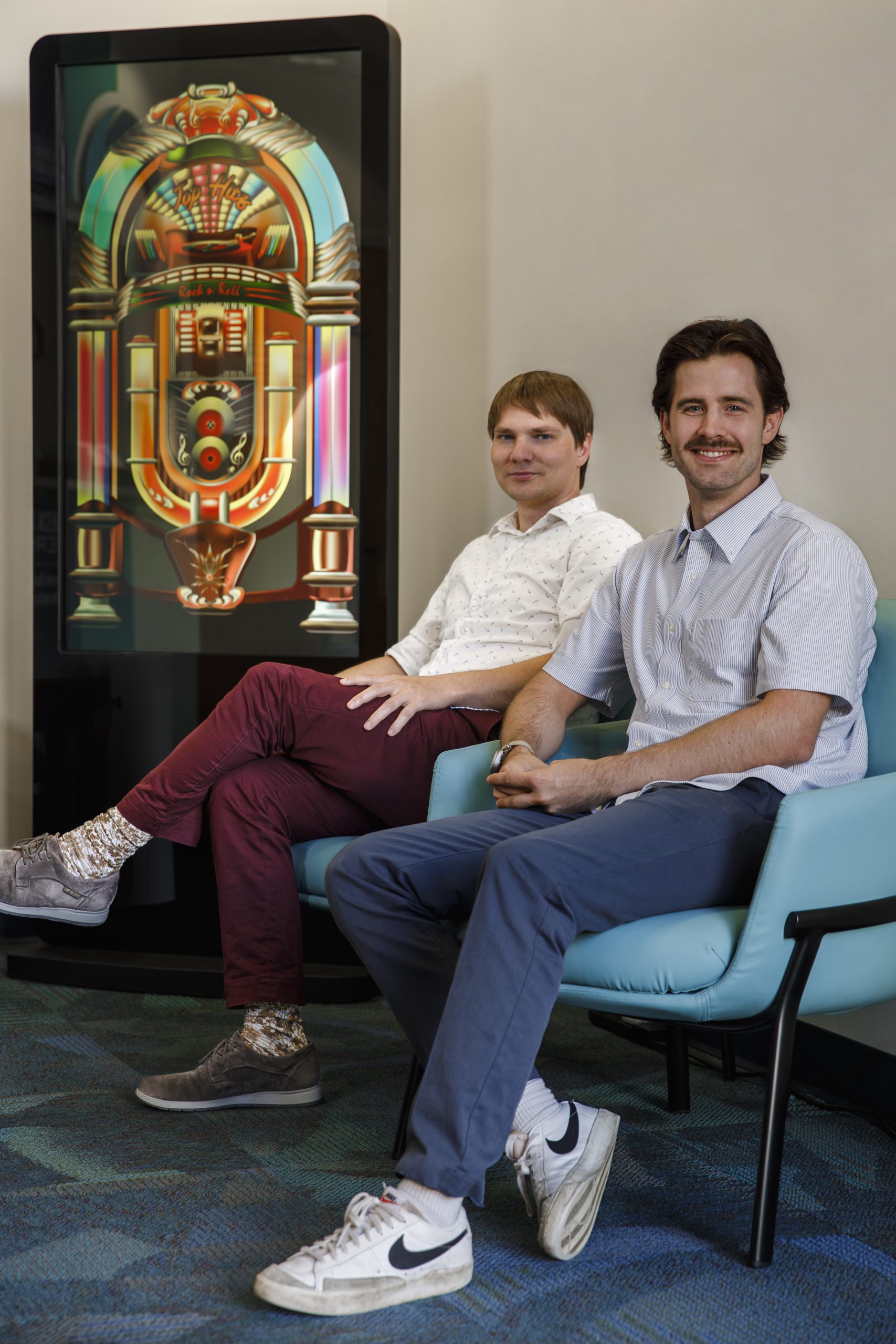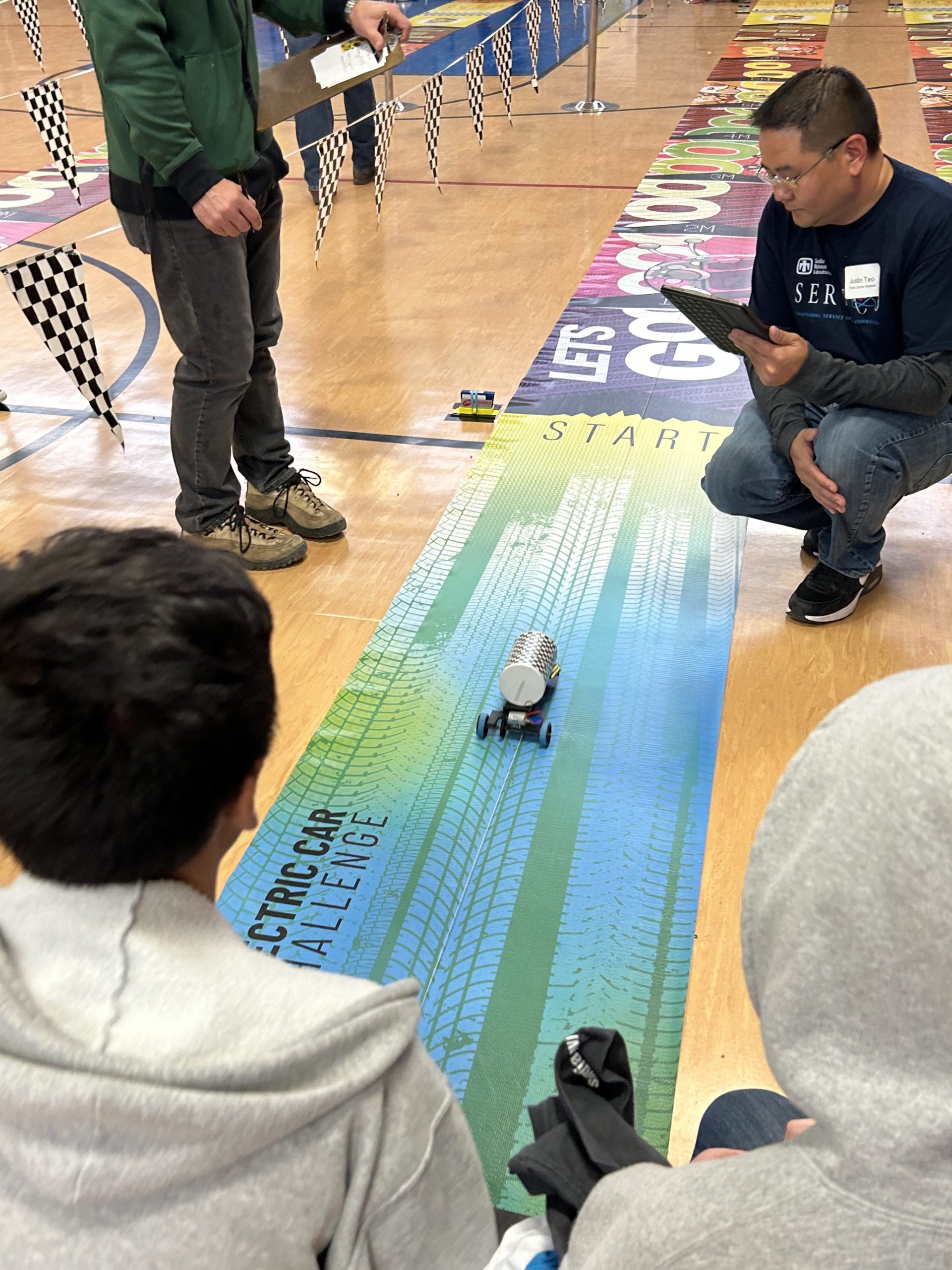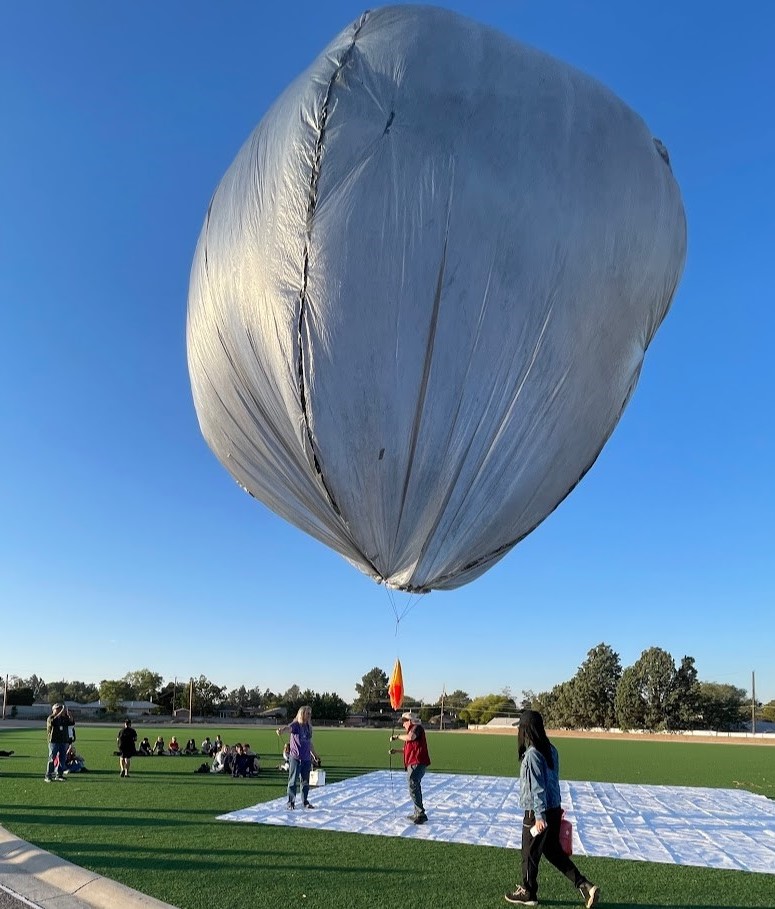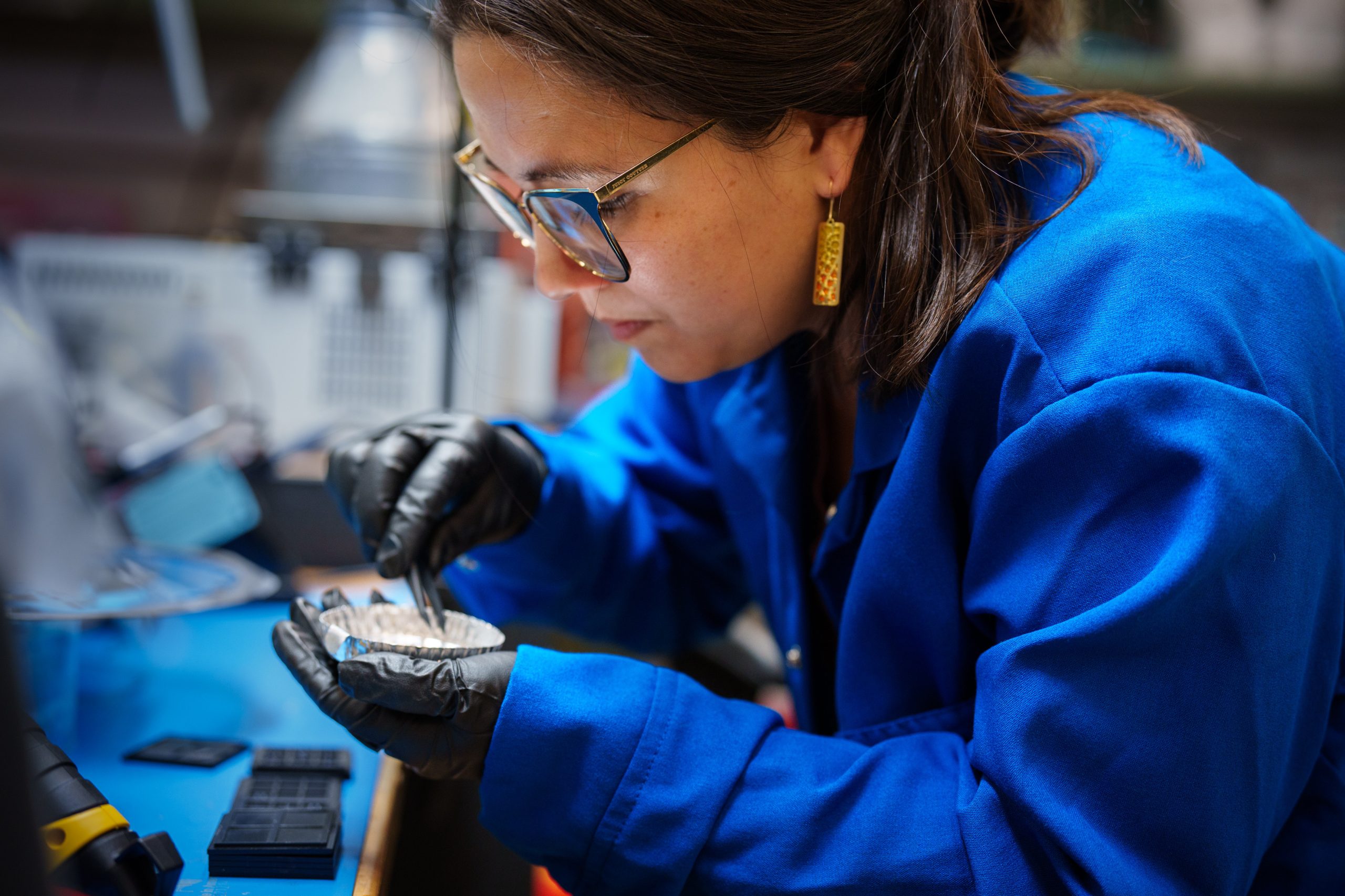December 9, 2025 • Science can be as dynamic as the researchers who explore it. The Society of Asian Scientists and Engineers is recognizing three Sandia National Laboratories engineers who pushed beyond the boundaries of linear research to expand their knowledge and impact across multiple fields.
Categories: Awards
